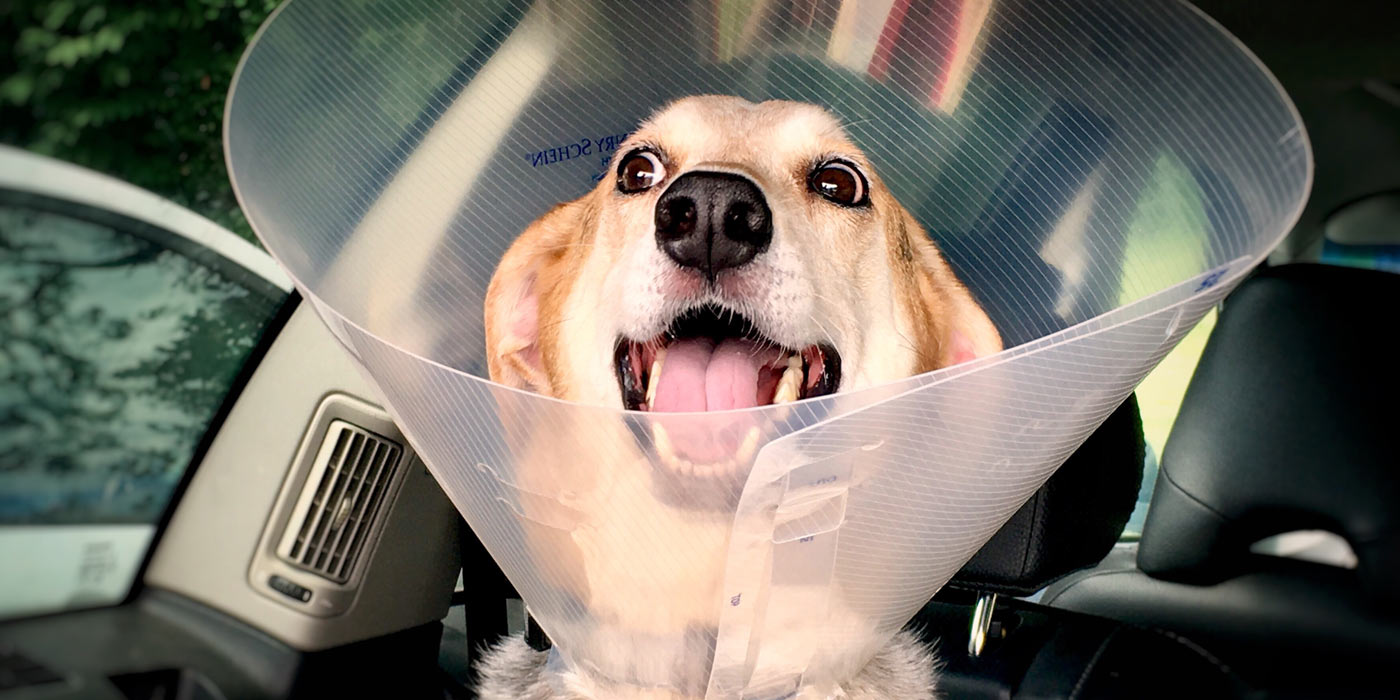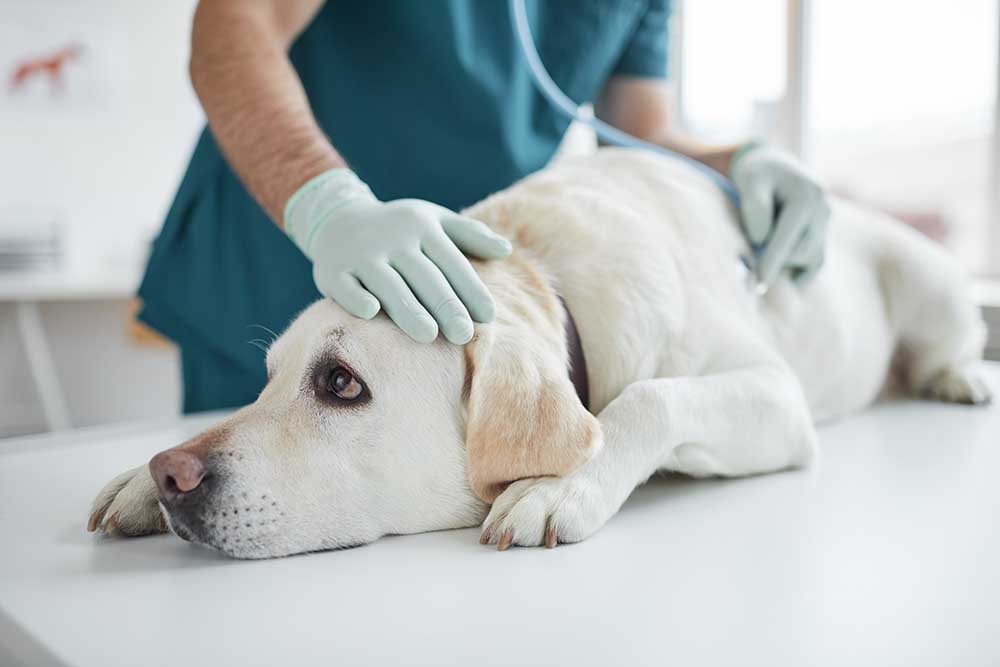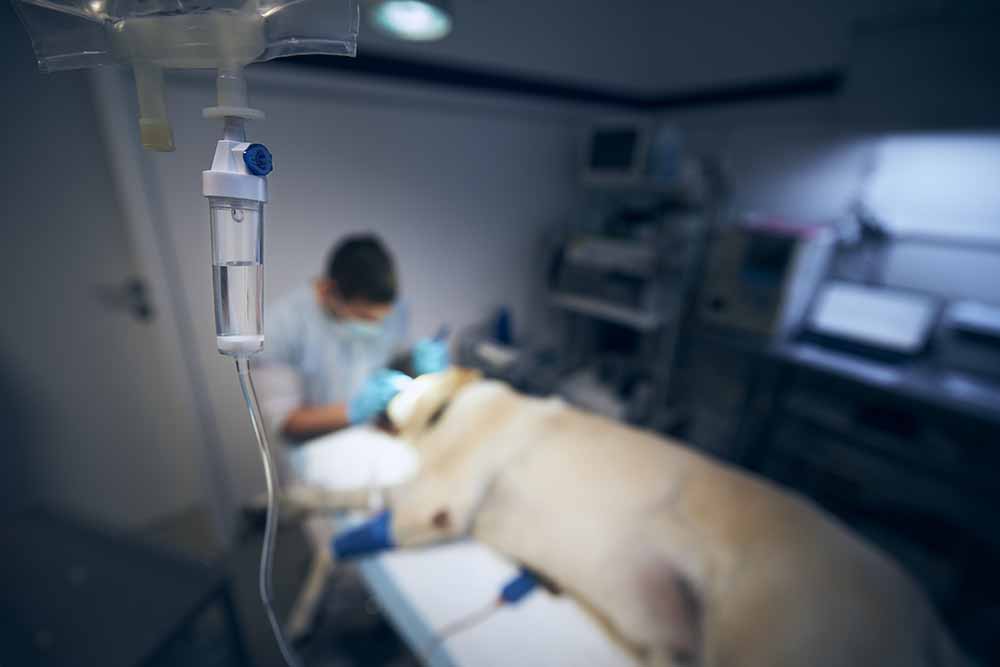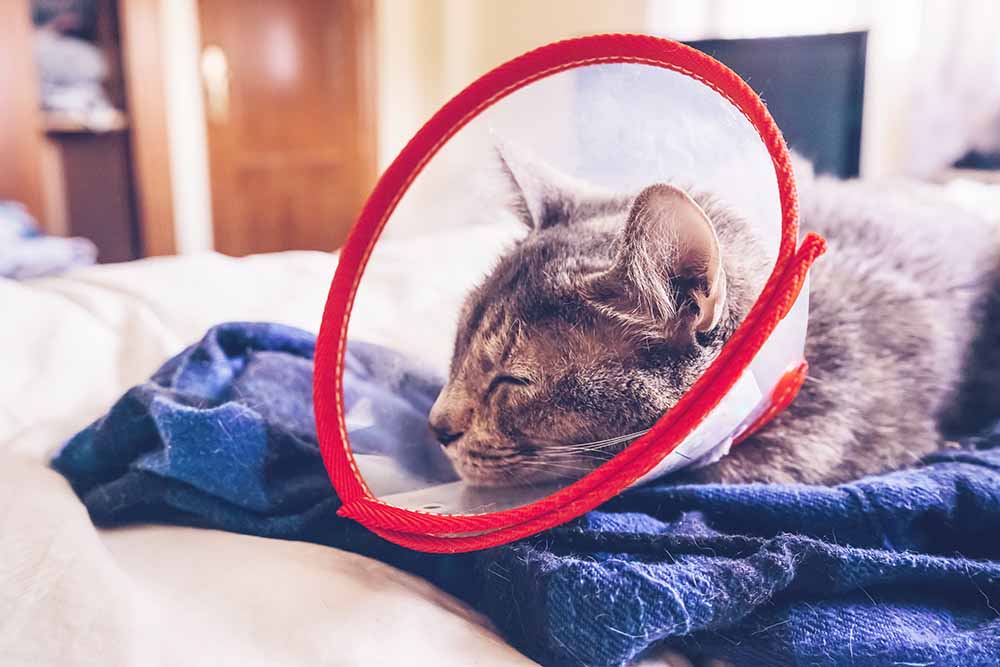Soft Tissue Surgery
Soft Tissue Surgery
At Continental Animal Wellness Center we offer numerous soft tissue surgeries for our patients. Unique to Flagstaff, we have a state-of-the-art VetScalpel surgical laser that we use to help provide superior surgical outcomes and minimize pain and bleeding for our patients.

Surgeries Offered
Soft tissue surgery is an umbrella term for surgery on any part of your pet’s body, excluding the nervous system, bones, and joints. Many different kinds of soft tissue procedures can be performed all with varying levels of seriousness, complexity, and technicality. Procedures range from minimally invasive, for example removing a benign skin growth, to more major operations like thymoma removal which involves opening the chest cavity and would require several nights of hospitalization. Not all soft tissue surgeries are in response to medical emergencies; many of the more routine pet surgeries, like spaying and neutering, fall under the umbrella of soft tissue surgery. Regardless of severity, soft tissue surgery is an important tool in ensuring that cats and dogs remain happy and healthy. When soft tissue surgery is used appropriately, it can increase the longevity and quality of their lives.
Common Types of Soft Tissue Surgery
Now that you know a brief overview of what soft tissue surgery is, here are a few of the more common soft tissue surgeries for pets, what they entail, and some general information that is helpful for owners to know when deciding to proceed with, as well as preparing for, the operations.

Spay and Neuter
Spaying and neutering, also known as “fixing,” is one of the most common cat surgeries and dog surgeries performed. Spay refers to the removal of the ovaries and uterus in female cats and dogs and eliminates their heat cycles. Spaying your female cat or dog will not only prevent unwanted litters but can help protect them from developing more serious health problems like uterine infections and breast cancer later in life. Neutering is the process of removing the testes from male dogs and cats which can limit behaviors associated with the breeding instinct, making them less likely to roam and more comfortable at home. Neutering also offers health benefits as the operation will reduce or eliminate the risk of developing testicular cancer and some prostate issues later in life.
The recommended age for your dog or cat to get fixed varies by sex and breed so make sure to get your veterinarian’s opinion to ensure it is right for your pet.


C-Section
Cesarean delivery, more commonly referred to as C-section, is the surgical procedure of delivering puppies and kittens from an incision in the abdomen and uterus of a pregnant mother. Cesarean deliveries are not as common a practice in animal births when compared to human births, usually reserved for emergencies where the mother is unable to safely deliver the litter naturally. Dogs and cats have a very short gestation period so the timing of the C-section is crucial to survival of the neonates. We recommend setting up a breeding consult with a veterinarian if you are considering breeding your pet so you are well prepared in case your pet needs a C-section.


Tumors and Skin Growths
Pet tumor removal is a common reason for soft tissue surgery. Tumors and growth can be either malignant or benign. Malignant tumors are cancerous, meaning they have cells that grow and spread uncontrollably and are generally considered more threatening compared to benign masses. Benign tumors are cell masses that grow slowly and do not spread to other tissues; just because they are less threatening than malignant tumors doesn’t mean that they can’t be problematic as they can press against other structures in the body. The complexity of surgery will depend on the mass’s size, type, and location. Benign skin growths can usually be removed with a minimally invasive procedure, while more serious malignant growths may require more intensive surgeries. With tumors and skin growths, it is important to catch the warning signs early so make sure to check your pet regularly for any abnormalities.


Reconstructive Surgery/Skin Lacerations
Reconstructive surgery in pets most often involves closing and repairing the damage of large lacerations. Lacerations are created when body tissues- most often the skin- is torn. The most common cause for these types of procedures is a fight with another animal or a similar type of accident. If your pet has large, jagged, and/or irregular wounds, they will need sutures to close them. Reconstructive procedures can also be used to treat wounds to your pet’s ears, snout, and tail. If you notice your pet has sustained a serious injury make sure to take them to your veterinarian or the closest open animal emergency center to get proper evaluation and treatment.


Abdominal and Gastrointestinal (GI) Surgery
Abdominal and gastrointestinal surgeries are operations on your pet’s abdomen and GI tract. There are a variety of problems that cause the need for surgery, one of the most common being the removal of foreign objects from your pet’s digestive tract. Because of their propensity for eating things they shouldn’t, abdominal and GI surgeries are common dog surgeries. Although blockages are the most common reason for this type of surgery, there are many other reasons abdominal surgeries may be necessary. Various conditions in organs like the spleen, liver, and pancreas can require surgery. Monitoring your pet after an abdominal surgery is very important, especially keeping your veterinarian informed if your pet has any vomiting, diarrhea or refusal to eat.
FAQs About Soft Tissue Surgery
What if there isn’t a soft tissue specialist vet near me?
Many veterinary clinics offer soft tissue surgery services for your pets. Many serious health concerns require soft tissue surgery as a treatment option. If your pet requires surgery, it is important to make sure that they receive the best care possible and in a timely manner. If you live in Northern Arizona and can not travel to a specialist, Continental Animal Wellness Center in Flagstaff practices top-of-the-line medicine and diagnostics with a focus on excellence in care and service. Continental Animal Wellness Center has a surgery suite equipped with both a top-of-the-line CO2 laser and electrocautery to minimize surgical bleeding and decrease postoperative pain.
Why does my dog have to wear a cone?
After soft tissue surgery, dogs will usually be given a buster collar or cone to wear. This is to prevent your dog from licking its wounds which can cause severe infections. Licking wounds will also delay the healing process or, in a worst-case scenario and require additional surgery.
How do I tell if my pet’s wound is infected?
Make sure to regularly inspect your pet after surgery for warning signs of infection. If you notice any swelling, discoloration, or discharge from the wound make sure to alert your veterinarian immediately as these are common signs that your pet’s wound is infected.
How long will it take for my pet to recover after surgery?
The recovery time after surgery is highly variable depending on the procedure. Simple, minimally invasive procedures take less time to recover from than serious or complicated procedures. Depending on the severity of the operation, you can expect your pet’s wounds to heal 10 – 14 days after it received the operation.
What do I need to do to care for my pet after it receives surgery?
Post-operative care will be required in some form after every surgery, however, the type of care will depend on the operation. At a minimum, you should inspect your pet’s surgery wound daily and report any signs of infection to your veterinarian. Make sure to ask your veterinarian what care is required for your pet’s specific needs after the surgery is performed.
